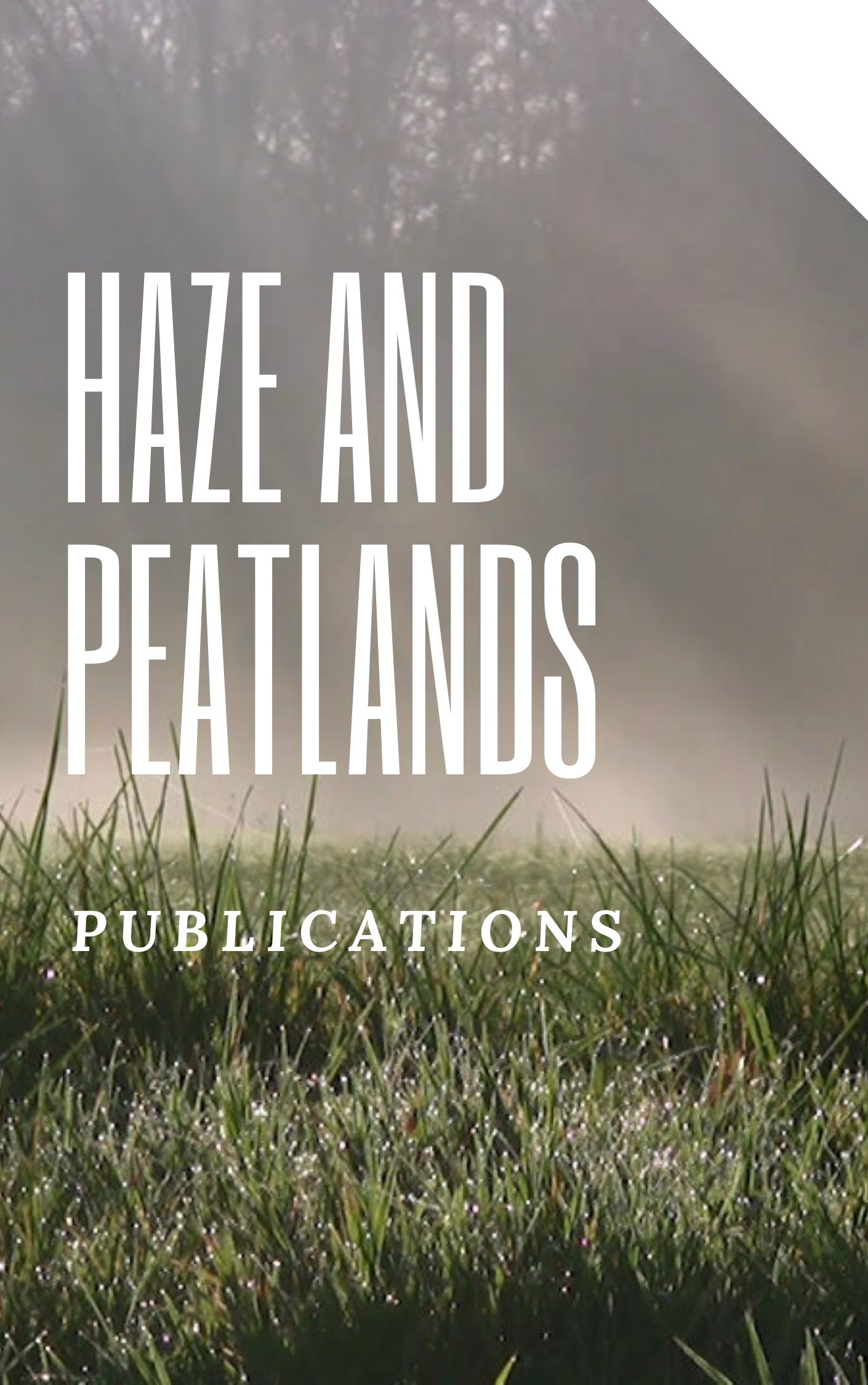Background Across Indonesia, fires are frequently used to clear forests and manage land for plantations and smallholder farms. The smoke from these fires contain particles that can work their way deep into the lungs and cause premature mortality from cardiovascular disease, stroke, and lung infections, along with many other health effects. These particles can travel hundreds of kilometres downwind, leading to high levels of exposure and adverse health effects in dense population centres across Equatorial Asia. However, accurate prediction of the public health effects from these fires is complicated by links between land use decisions in Indonesia, fire emissions, and transport from source regions to population centres. We aimed to quantify how future scenarios of land management could affect local and regional exposure to smoke concentrations. Methods We used satellite observations to quantify the relationships between land management and fires. Using these relationships, we then estimate the cumulative fire emissions of different land management strategies, including (1) “business-as-usual” trends in deforestation and development, (2) increased conversion of forests to oil palm and timber plantations, and (3) successful implementation of the Indonesian Government's moratorium on development and burning in fuel-rich peatlands. We subsequently use the adjoint of the GEOS-Chem chemical transport model to estimate the public health implications of exposure to smoke concentrations from fires in these scenarios. Findings Our satellite-based analysis shows that most emissions arise from non-forested peatland landscapes with mosaics of degraded lands and agriculture. When combined with three future land management strategies, we find substantial declines in regional smoke concentrations and health impacts when Indonesian peatlands are protected from fires and future development. Results from these initial scenarios show the capabilities of our modelling framework in diverse situations and introduce the capabilities of an online decision support instrument for policymakers. Interpretation We are now synthesising these efforts to calculate the cumulative health and economic effects over coming decades associated with different land management scenarios in the region. Funding The Rockefeller Foundation and the Gordon and Betty Moore Foundation through the Health & Ecosystems: Analysis of Linkages (HEAL) programme and the Winslow Foundation.
View source
Keyword(s)
Medical Sciences, Combustion, Obstructive lung disease, Forest management, Smoke, Peatlands, Cardiovascular diseases, Fires, Land use, Agriculture, Degradation, Farms, Exposure, Haze, Agronomy, Mortality, Chemical transport, Ecosystems, Lung diseases, Public health, Land management, Particulates, Satellite observation, Travel, Stroke, Mosaics, Plantations, Fuels, Health, Emissions, Wind, Agricultural management, Deforestation, Conversion, Forests, Lungs, Burning, Tools, Links, Linkages, Farmlands, Land use planning, Air pollution, Indonesia

